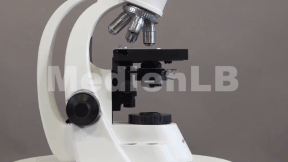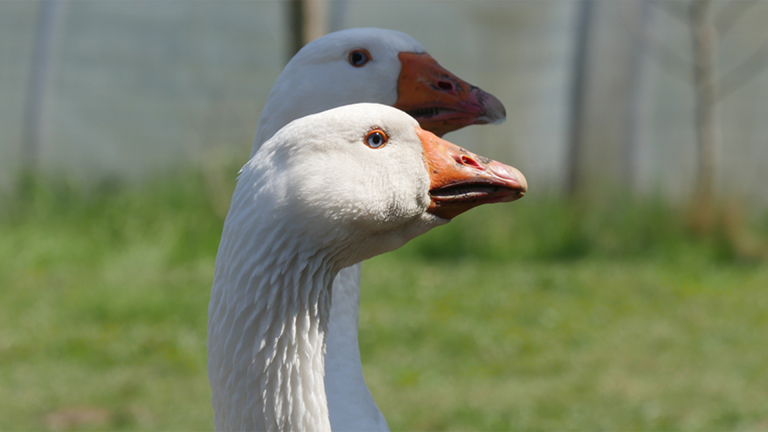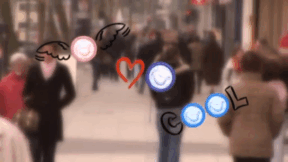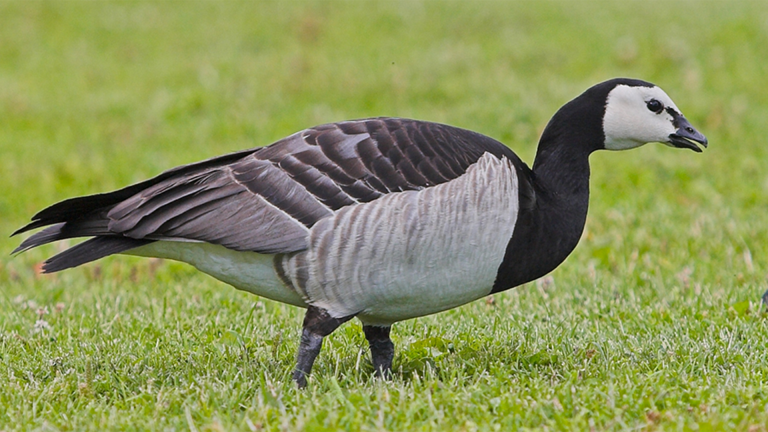Suche:
- # Artistry
- # Biology
- # Chemistry
- # Ecological
- # Economy
- # English
- # Foreign Language
- # Geography
- # German
- # Health
- # History
- # Informatik
- # Latin
- # Mathematics
- # Media Education
- # Music
- # Physics
- # Politics / Civics
- # Preschool
- # Primary School
- # Religion
- # Society
- # Sports
- # Technology
- # Training of Teachers
- # Vocational Education
The Common Buzzard
The common buzzard is a well-known native bird of prey. You can often see it flying above fields or sitting by the roadside. But what are the typical characteristics and behaviour patterns of the common buzzard? The film covers the biological classification of the common buzzard, its characteristics and behaviour. The origin of its name is explained just as the classic characteristics, by means of which the common buzzard can be identified. We can see the common buzzard in its natural habitat, learn something about its hunting methods and its prey. Spectacular pictures show carrion crows and magpies, which “mob” the common buzzard as a direct rival for food. The hunter becomes the hunted. The reproduction of the common buzzard is covered, too. We observe the buzzard couple during nest-building and breeding. We accompany the chicks when they train their flight muscles and make their first attempts at flying. Together with the comprehensive accompanying material, this medium is perfectly suitable to get to know and appreciate our native common buzzard!
Learn moreEcosystem Bog
Bogs are rough, sparse and inaccessible regions, neither water nor land. This applies in particular to raised bogs. One wrong step in this soaking wilderness might be fatal. How a bog is formed was unknown to people for thousands of years. After the last ice age, that is about 10,000 years ago, bog formation began. Enormous amounts of water were released as a consequence of the melting of the ice shields.
Learn moreEnergydrinks
Der Film startet mit einer überraschenden Erkenntnis: Schon ca. 17 Prozent aller Grundschüler trinken regelmäßig Energydrinks – obwohl diese nicht in Kinderhände gehören. Denn: Wer zu viel und zu oft die Muntermacher trinkt, riskiert gerade als Jugendlicher massive Gesundheitsschäden – und immer mehr Jugendliche in Deutschland sind schon betroffen.
Learn moreMikroskopieren lernen
Das Mikroskop öffnet den Blick in die riesige Welt des Allerkleinsten.
Learn moreDu bist nie allein
Schau dich schlau!“ begibt sich auf eine Reise in den Mikrokosmos unseres Körpers. Joey Grit Winkler und Fero Andersen stellen einige der bizarren Kreaturen vor, die auf und in uns zu Hause sind. Sie analysieren den „Lebensraum Mensch“ und zeigen, dass auf zwei Quadratzentimetern unserer Haut mehr Mikroben leben als Menschen auf der Erde.
Learn moreSeals
Seals belong to the group of water-living mammals. Unlike whales and manatees, which have completely switched to aquatic life, seals lead a life both in the water and on land. This makes these animals special.
Learn moreBlackbirds
The blackbird is one of our most common and best-known songbirds. The nice thing about the blackbird is that it cannot be confused with many other bird species.
Learn moreGeese
“They’re gabbling like geese”, “she’s such a stupid goose” or “silly goose”– those are commonly known sayings.
Learn moreBiotope: Gravel Pit
The forest has been cleared, the bridge is already in place, too. Only the road surface is missing.
Learn moreAids
AIDS is an issue that remains critical in view of the globally increasing infection rates. This DVD informs pupils on the immune deficiency disease and the ways in which the infection is passed on, it shows the scale of the pandemic and tries to make the young viewers aware of the difficult situation of those afflicted by it. Impressive original pictures demonstrate the commitment of voluntary helpers in the AIDS hospice run by the Brother- hood of the Blessed Gérard in Mandeni, South Africa. A visit to the Munich-based AIDS-Hilfe e.V. provides the pupils with an overview of the assistance and care offered by municipal AIDS relief organisations. Further, they gain an insight into everyday life at ZIK – a housing project for people tested HIV positive in Berlin. Firsthand reports from young infected persons directly address the pupils and warn them against “unsafe sex”. The extensive didactic accompanying material provides detailed information on HIV and AIDS and encourages responsible behaviour towards oneself and others. The DVD is made up of five didactic units that can be individually accessed via the DVD menu.
Learn moreWorth Eating
Bio/eco – words that earlier on were likely to cause smiles but today are simply part of a modern lifestyle. Taking care that textiles, cars and especially victuals are produced ecologically compatible is a trend. However, it is not only a bad conscience that induces us to buy a bio apple instead of sprayed apples. Mostly we are also quite simply convinced by its taste! So it is hardly surprising that not only bio farms or weekly markets sell fruits and vegetables that have been grown organically but also supermarkets and even discounters. But how does biodynamic cultivation actually work? What distinguishes it from traditional agriculture? What connection is there with appropriate animal husbandry and how are the groceries marketed? The film ´Biodynamic Farming´ and the corresponding accompanying material get to the bottom of these questions and provide in-depth information around the topic. Furthermore, exciting and instructive exercises are to be found in the accompanying material.
Learn moreMigratory Birds
Wenn Vogelarten die Jahreszeiten an unterschiedlichen Orten verbringen, werden sie als Zugvögel bezeichnet. Mehrere Milliarden von ihnen sind jährlich unterwegs. Alljährlich machen sie sich von ihren Brutplätzen auf den Weg in ihr Winterquartier und zurück. Dabei fliegen manche Arten Tausende Kilometer. Sie überqueren Gebirge, Ozeane und Kontinente. Es ist eine Reise voller Hindernisse und Gefahren. Wie finden Zugvögel punktgenau ihr Ziel? Sie haben mehrere Möglichkeiten: Mit ihrem inneren Kompass können sie das Erdmagnetfeld wahrnehmen. Wie sie das genau machen, weiß man noch nicht. Sie können sich aber auch am Stand der Sonne, der Sterne und anhand der Landschaften orientieren. Den Sonnenstand erkennen sie selbst bei bedecktem Himmel, da sie UV-Licht wahrnehmen. Durch Meeresbrandung entstehen tiefe, für uns unhörbare sogenannte Infraschalltöne. Auch danach können sich einige Vogelarten orientieren. Gemeinsam mit dem umfangreichen Unterrichts- und Begleitmaterial auf dem Datenteil der DVD ist der mehrsprachige Unterrichtsfilm bestens für den Einsatz im Unterricht geeignet.
Learn more



























